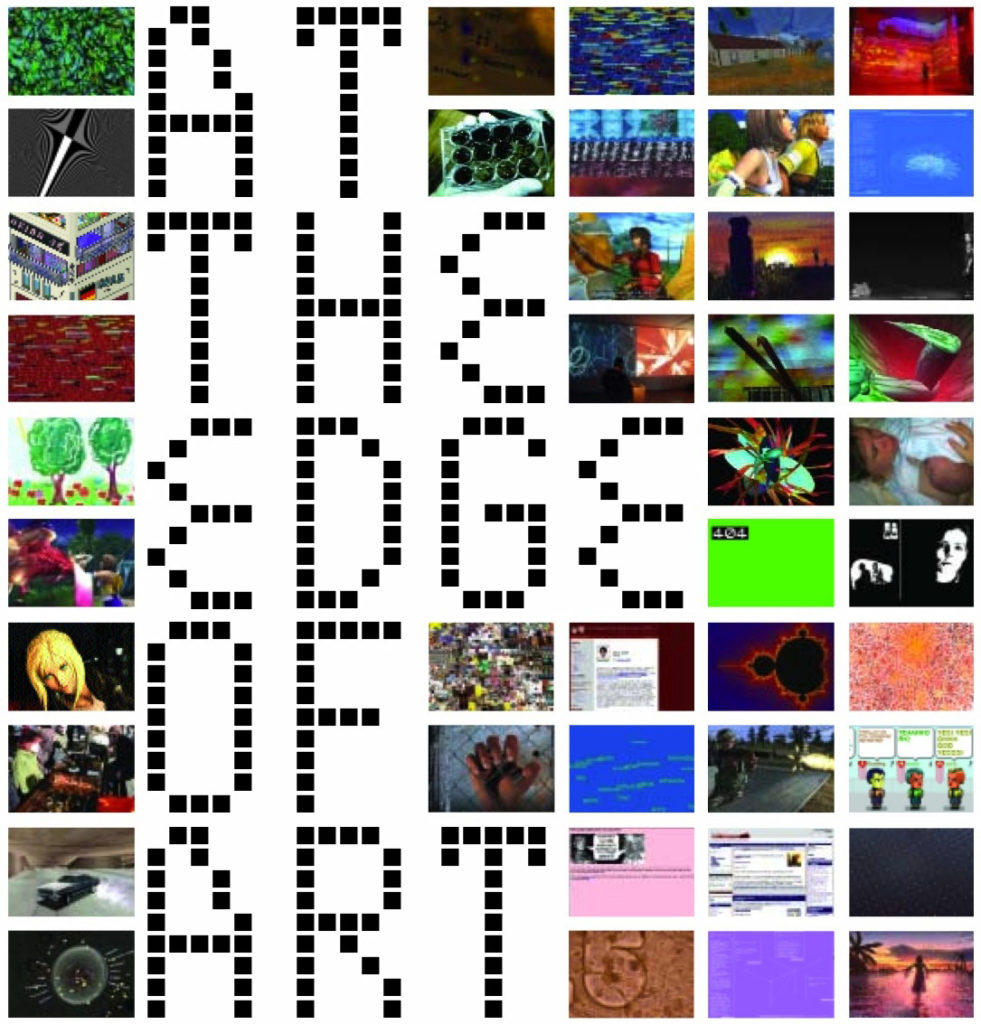Still Water Ripple initiative aims to connect creators and communities
Organizations working to make a better world may soon get help from students with design and technical skills, thanks to a new initiative from Still Water, a lab at the University of Maine dedicated to studying and building creative networks,

